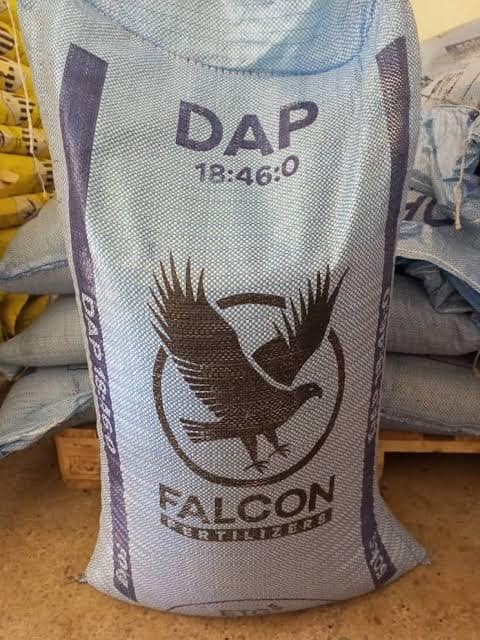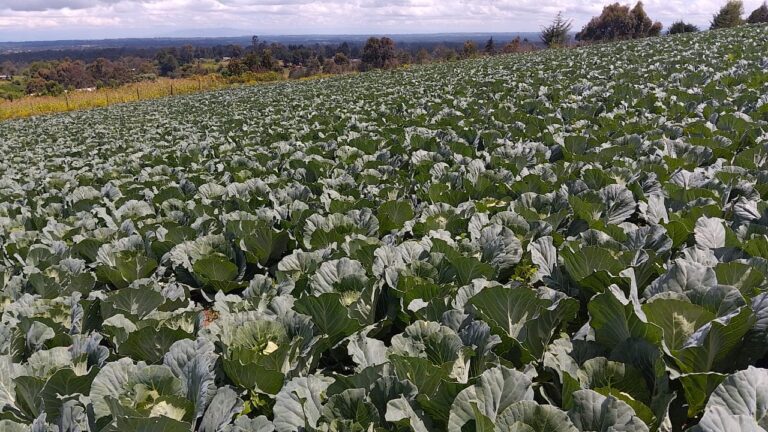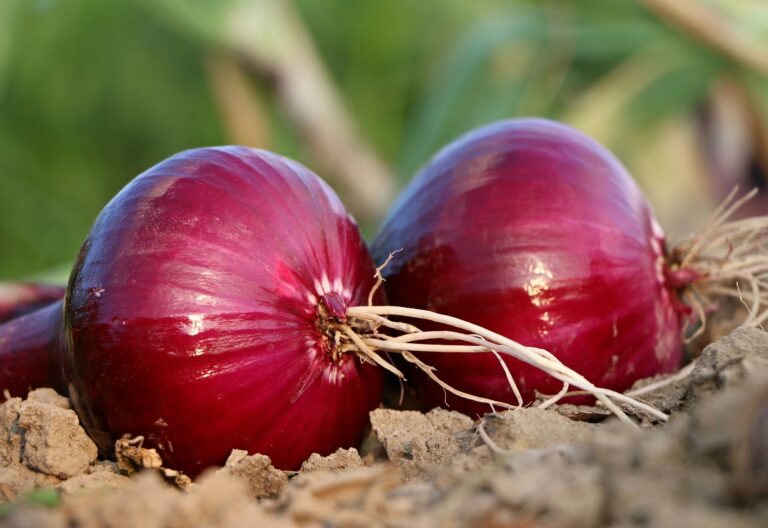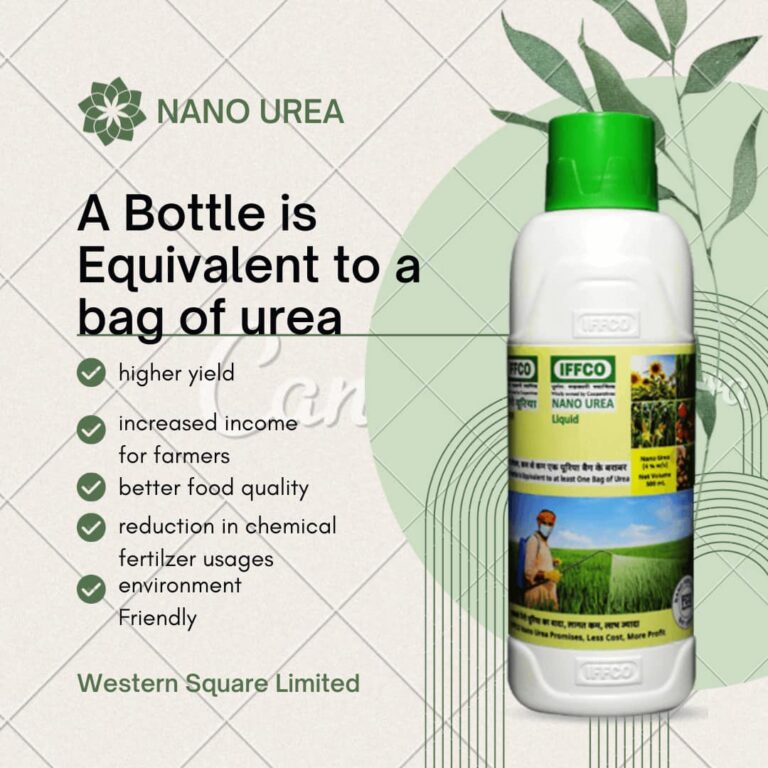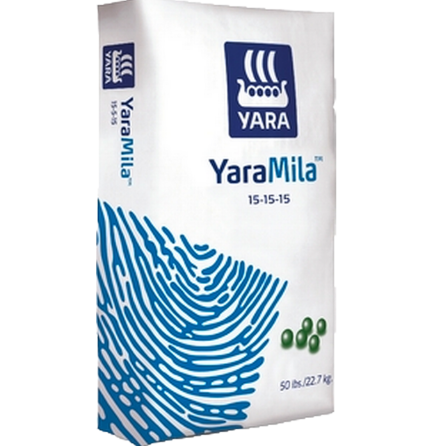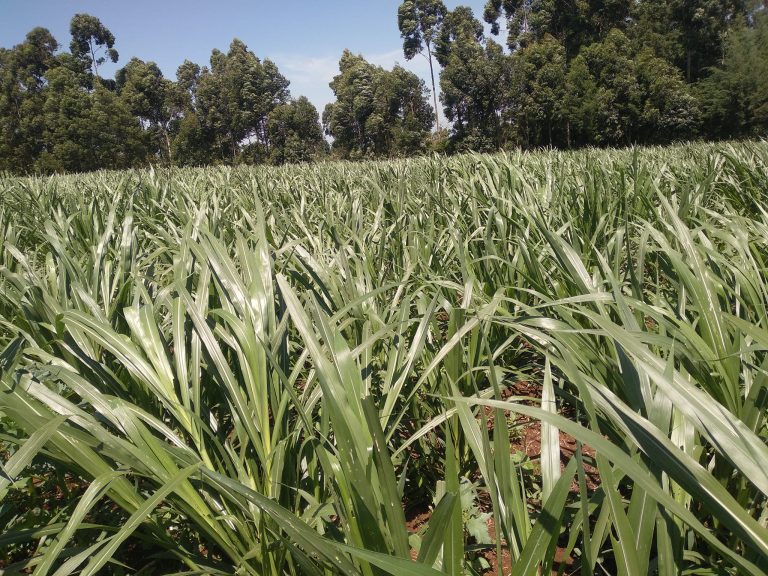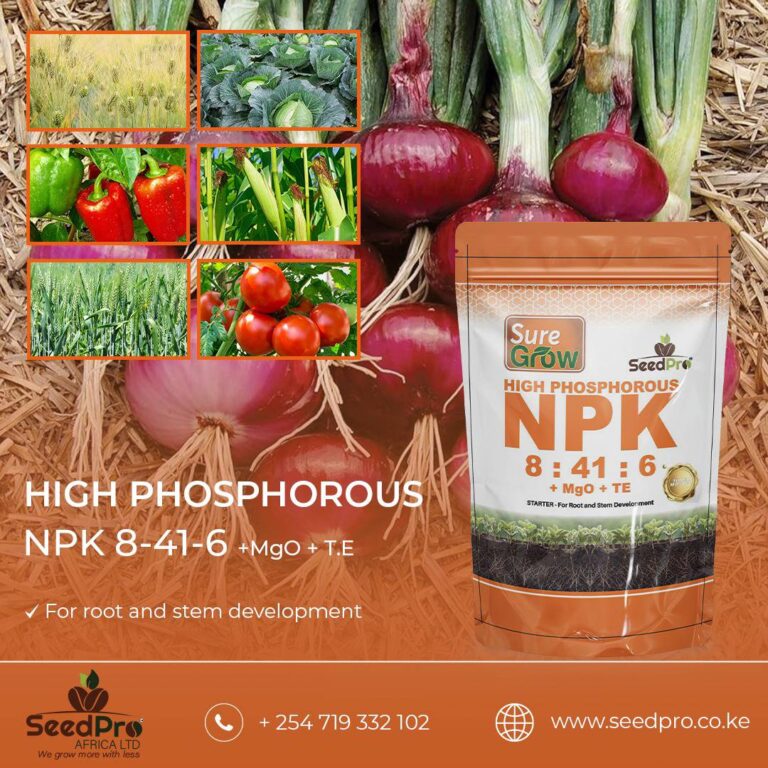Percentage Of Phosphorus In DAP Fertilizers | Why Use DAP Fertilizers?
Percentage Of Phosphorus In DAP Fertilizers Diammonium Phosphate (DAP) contains 46% Phosphorus (P2O5) by weight. Specifically, DAP has a nutrient grade of 18-46-0, meaning it contains 18% nitrogen, 46% phosphorus pentoxide (P2O5), and 0% potassium. The 46% phosphorus content of DAP means that 100g of DAP contains 46g of phosphorus. DAP is the world’s most widely…
